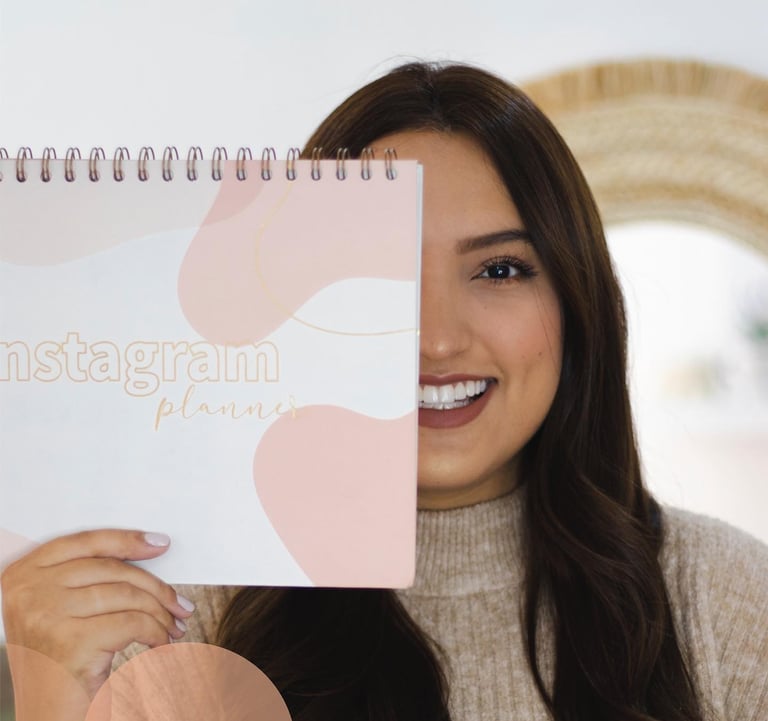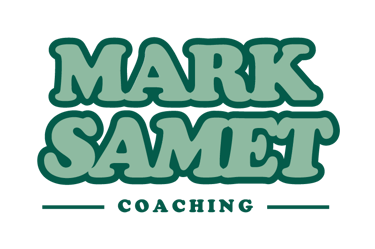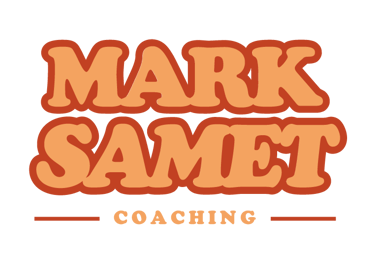Una publicación
Descripción de la publicación.
This is where I will write all my amazing content for the blog. Here are some things:
Best Practices (Do’s and Don’ts)
Do:
Write for clarity, not volume. A few great posts is better than a dozen filler ones.
Speak to your ideal visitor. What are they struggling with? What are they googling? What kind of insight would make them pause and think, “This guy gets it.”
Offer value, then a path forward. End posts with light CTA’s like “If you want to explore this in a session, reach out here…” or link to a guide or booking.
Group posts by themes. e.g., “For Parents,” “For Teens,” “On Coaching,” “Reflections.” Makes browsing easier and helps you stay focused.
Don’t:
Write like it’s an academic journal. Grounded, human, and honest wins.
Over-optimize for SEO at the expense of tone. Some optimization is good (headlines, metadata), but don't sacrifice voice.
Forget about images. Use a featured image and maybe one or two inside (illustrative, not stocky).
Neglect the update cycle. Revisit posts once or twice a year to prune, refresh, or consolidate.
3. Blog Page Design: Beyond the Articles
Must-Haves:
Intro blurb: A sentence or two at the top about what the blog is for and who it serves. Don’t make people guess.
Filters or categories: Even if minimal. “For Parents,” “Coaching,” etc.
Search bar: Optional but helpful as the blog grows.
Featured post at the top (if you have a standout article you want to push).
Clear blog title and breadcrumb nav: e.g., “Home > Blog > Why Coaching Isn’t Therapy”
Smart Additions:
Newsletter signup widget in sidebar or footer.
“Book a Discovery Call” CTA under posts or in sidebar.
Author bio snippet under each post (especially if you're writing in different voices—e.g., “Mark the coach” vs “Mark the mentor”).
Design Details:
Date lines: Include them. They're not bad—just be consistent. You can add a last-updated tag if you're worried about dated material.
Footer elements: Standard site footer is fine—contact, social, nav, etc. No need for a unique blog footer unless you’re publishing essays.
Comments: Skip them unless you have a clear moderation strategy. They’re often low value.
Blog Best Practices
🟢 Do:
Write in your natural tone—warm, grounded, clear.
Start with 3–5 core posts before launch (e.g., “What is coaching, really?” “Why I don’t call them ‘clients’”).
Use categories sparingly, if at all.
End with a gentle CTA (“Want to explore more? Schedule a free discovery call.”)
Optimize for skimmability: subheads, short paragraphs, bullet lists.
🔴 Don’t:
Force a posting schedule. Quality over frequency.
Use your blog to rant, overshare, or ramble.
Add fluff to hit SEO goals—write for humans first.
Apologize for gaps in posting (“Sorry I haven’t written in a while…”)
Task 3: Blog Page Design Best Practices
Keep it minimal and warm, not content-heavy.
Recommended Elements:
Intro paragraph at the top (“Some thoughts, letters, and sketches from the road…”)
Card-style preview tiles (image, title, short excerpt or line)
Search bar or tag filtering only if volume grows
Gentle CTA in the footer (e.g., “Curious to work together? Let’s talk.”)
Footer nav or top nav remains visible
Datelines: Yes, as long as your content ages gracefully. Keep the format subtle.
Nav Structure and Naming Alternatives
You’re right that a dropdown does add visual and cognitive clutter. But if you want a blog and to preserve your four core nav items, here are a few structural alternatives:
Option A: Dropdown under "My Philosophy"
Rename “My Philosophy” → About
Dropdown:
“My Philosophy”
“Blog” (renamed—see below)
Option B: Merge “Teens & Tweens” and “Grownups”
Create one menu item: Who I Work With
Dropdown:
“Tweens & Teens”
“Grown Ups”
This would preserve clean top-level nav while keeping all content.
Alternative Titles for “Blog”
These should reflect your tone: warm, reflective, lightly poetic. Here are some candidates:
Option
Tone
Notes
Notebook
Personal, humble
Implies reflection and work in progress.
Letters
Intimate, grounded
Could be framed as letters to parents, youth, or self.
Field Notes
Observational, grounded
Good if you want a more nature/coaching metaphor.
Dispatches
Slightly more active, journalistic
Feels current but not newsy.
Sketches
Creative, informal
Works well if you include quotes, visuals, fragments.
Thoughts
Safe and minimal
Clean, if a bit generic.
Recommendation:
Title: I’d vote for Notebook or Field Notes—they feel the most aligned with your coaching ethos and voice.
Placement: If you're resistant to dropdowns, consider making a subtle link to your blog (e.g., "Notebook") appear in the footer or as a small button in your homepage rather than top nav. That way, it’s there—but not crowding your core path to conversion.




